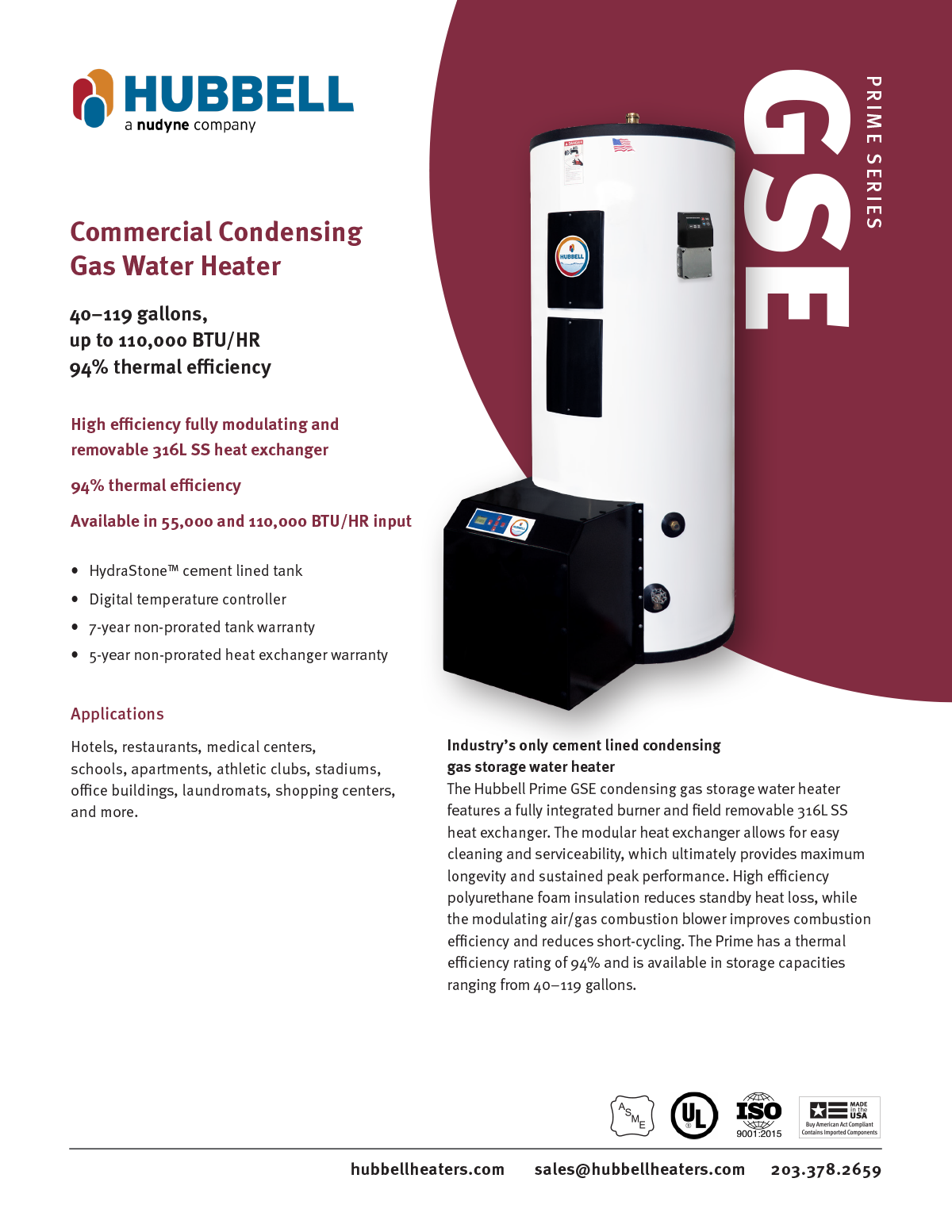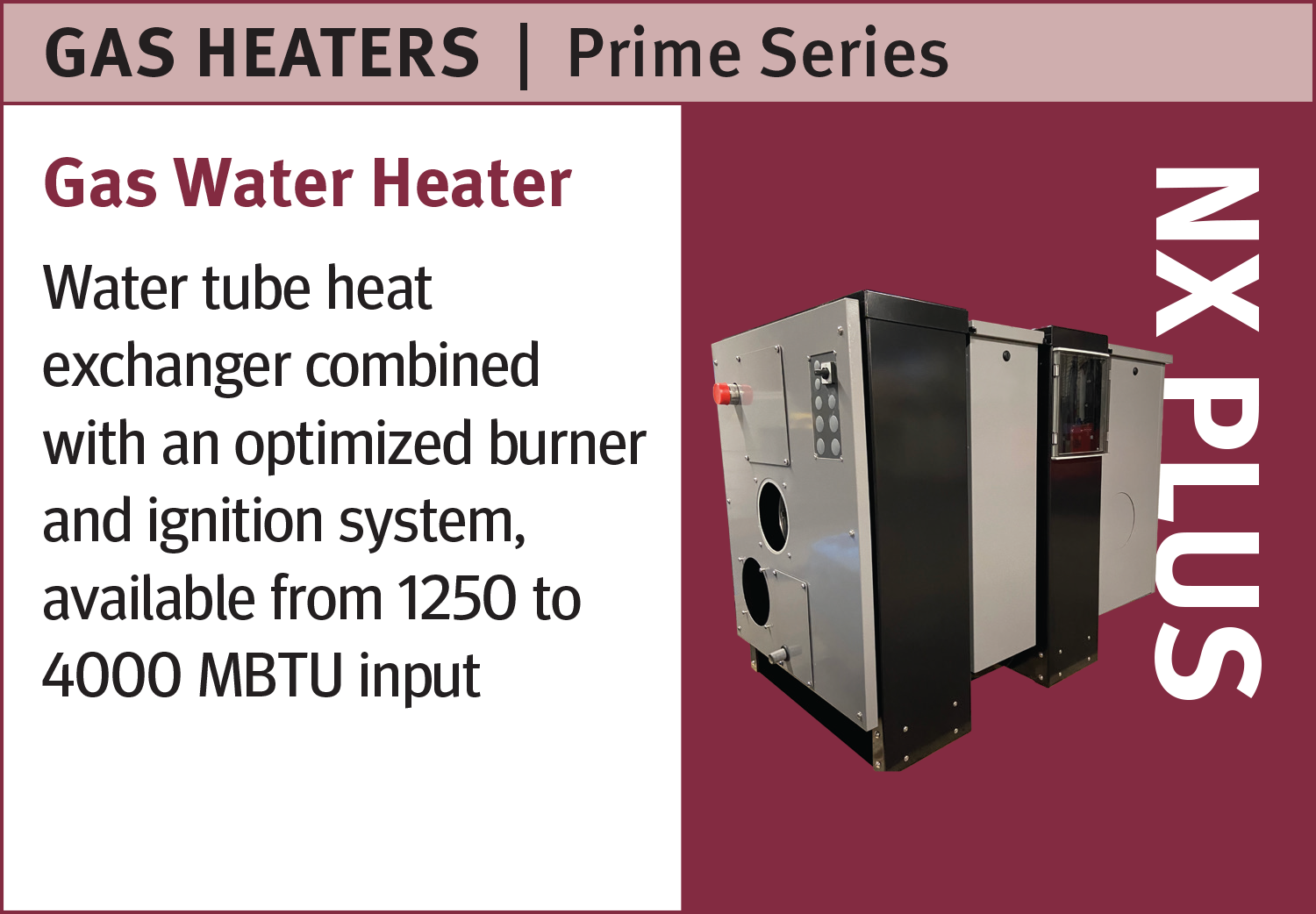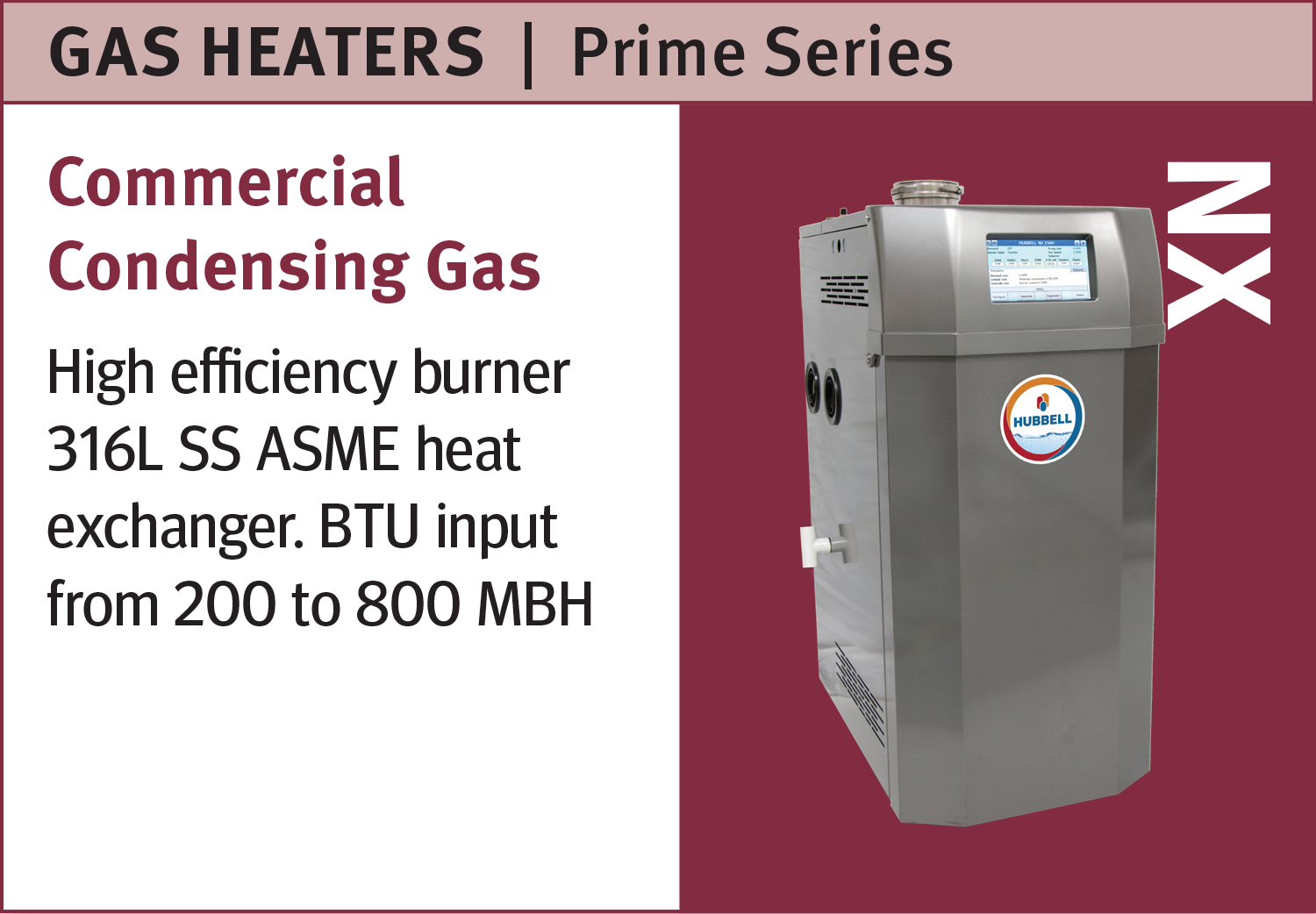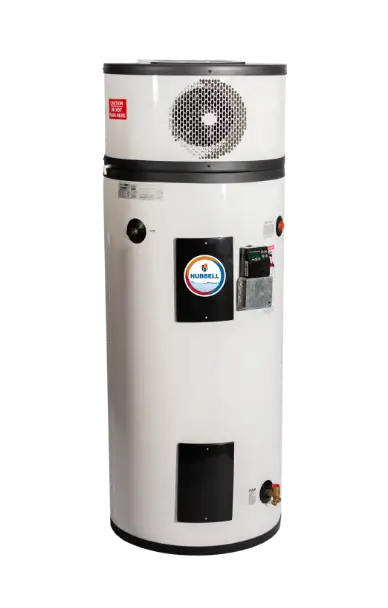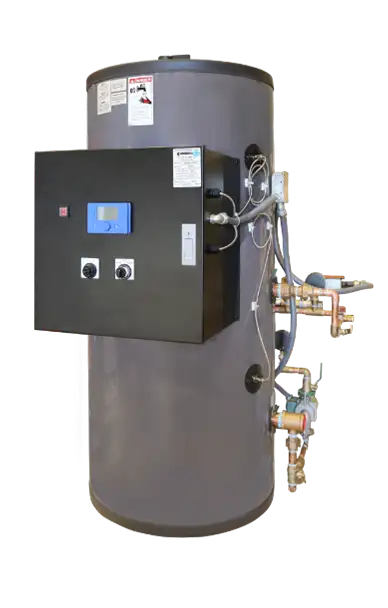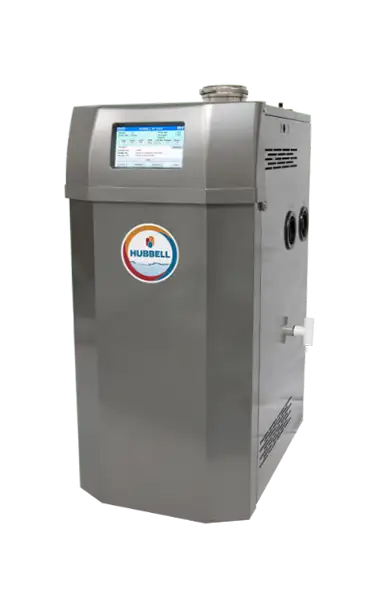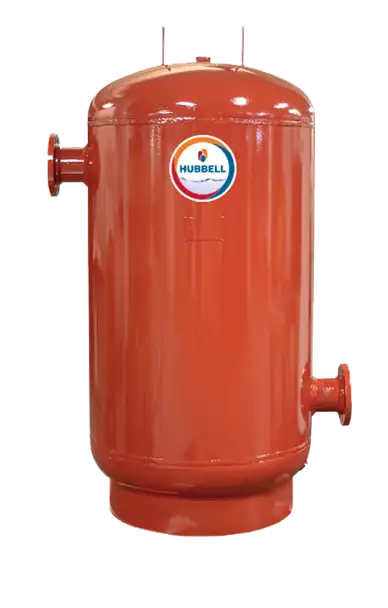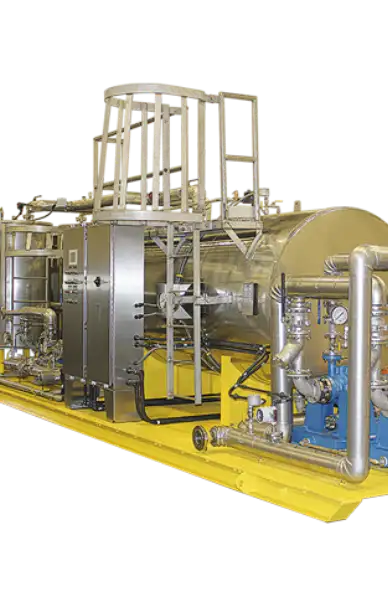Prime Series
GSE
Commercial Condensing Gas Cement Lined Storage Water Heater
Available from 40-119 gallons, Modular heat exchanger
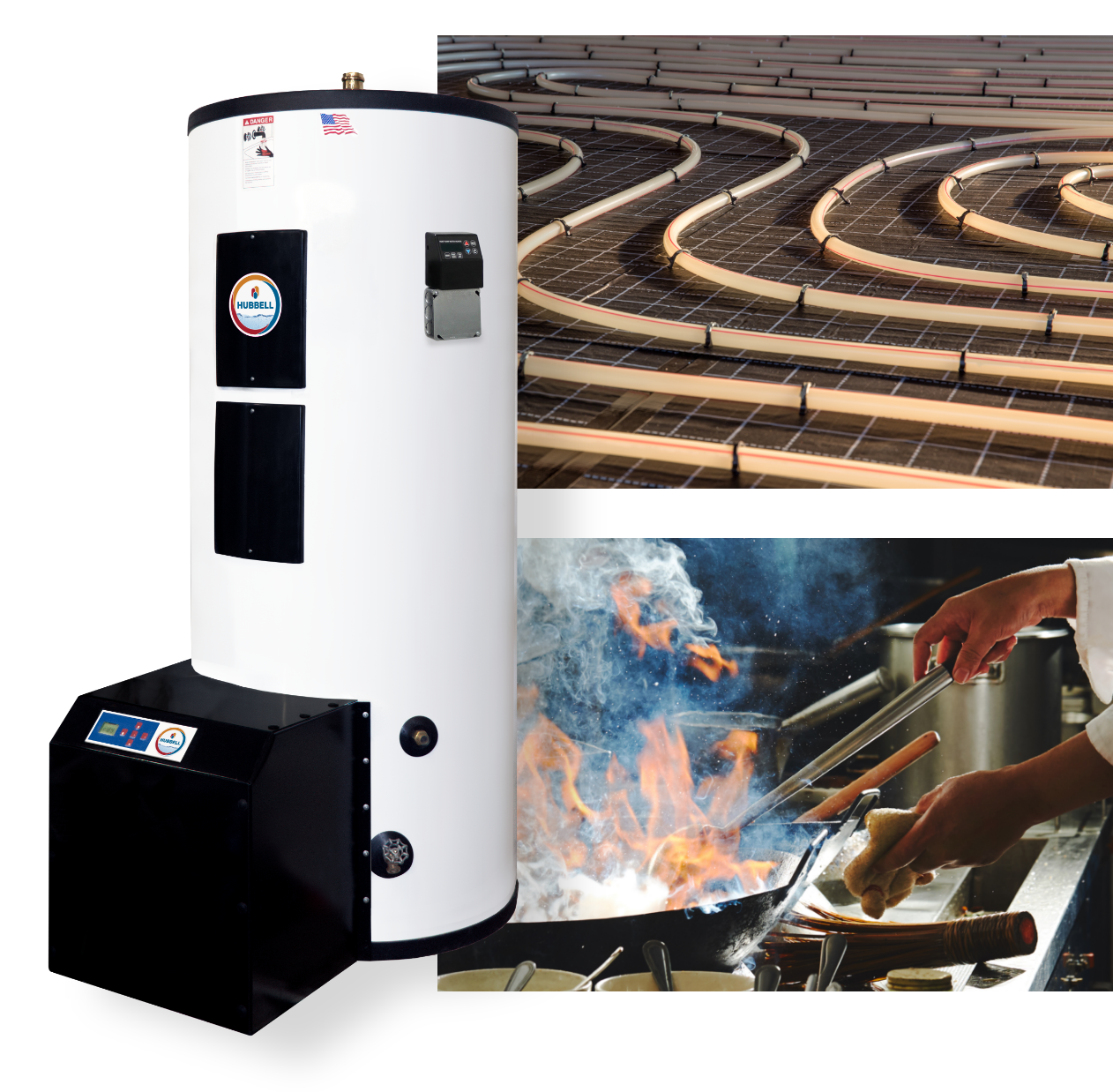
FULLY INTEGRATED BURNER
8:1 TURNDOWN RATIO
DIGITAL CONTROL SYSTEM
INCREASED SERVICEABILITY
ASME CERTFIED T&P RELIEF VALVE
HYDRASTONE CEMENT LINING
Applications
Hotels, restaurants, medical centers, schools, apartments, athletic clubs, stadiums, office buildings, laundromats, shopping centers, and more.
Prime Series
GSE
Commercial Condensing Gas Cement Lined Storage Water Heater
Available from 40-119 gallons, Modular heat exchanger
FULLY INTEGRATED BURNER
8:1 TURNDOWN RATIO
DIGITAL CONTROL SYSTEM
INCREASED SERVICEABILITY
ASME CERTFIED T&P RELIEF VALVE
HYDRASTONE CEMENT LINING
Applications
Hotels, restaurants, medical centers, schools, apartments, athletic clubs, stadiums, office buildings, laundromats, shopping centers, and more.
GSE Overview
Technical Documents
Request Info about the GSE
You might also be interested in ...
Hubbell has a water heater for almost every application. Take a look at other options.

